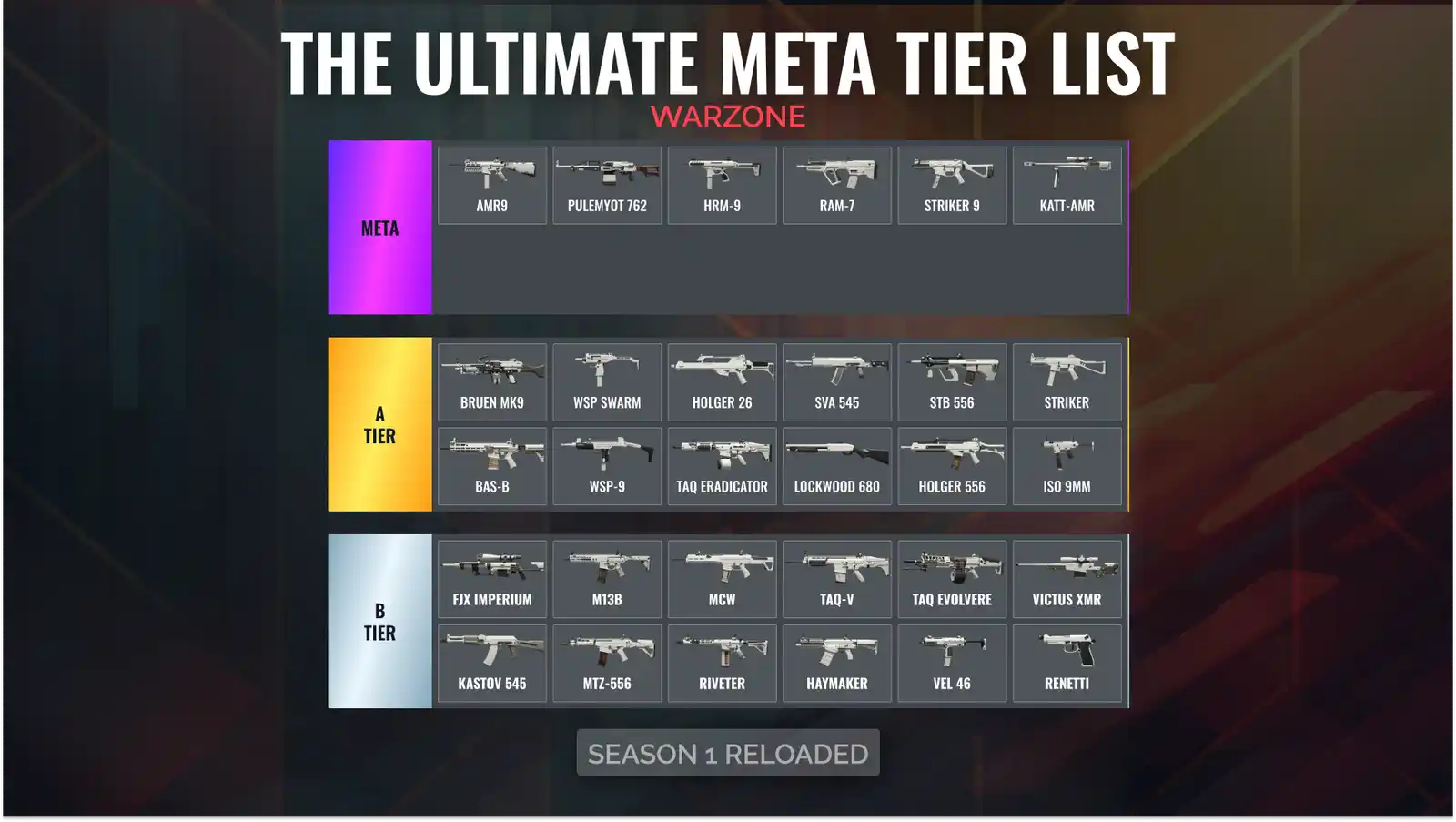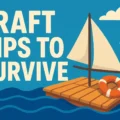Ever folded a paper airplane that nosedived faster than you could blink? We’ve all been there!
It’s frustrating when your creation doesn’t soar as you envisioned. But don’t worry, with a few tweaks, you can transform your paper airplane skills.
In this article, we’ll explore 10 paper airplane tips to fly farther and faster. Get ready to make some seriously impressive aircraft!
The Art of Paper Airplane Aerodynamics
Paper airplanes are more than just folded paper. They’re miniature lessons in aerodynamics.
Understanding the basic principles can dramatically improve your plane’s performance. Let’s dive into the science!
Understanding Lift and Drag
Lift is what keeps your plane in the air. It’s created by the shape of the wings as air flows over them.
Drag is the resistance your plane encounters as it moves through the air. Reducing drag is crucial for speed and distance.
The Importance of Weight Distribution
Weight distribution affects stability. A plane that’s too nose-heavy will dive.
A tail-heavy plane will stall. Aim for a balanced design!
10 Paper Airplane Tips to Fly Farther and Faster

Ready to elevate your paper airplane game? Here are 10 paper airplane tips to fly farther and faster:
1. Choose the Right Paper
Not all paper is created equal. Lightweight paper is best for distance.
It reduces drag and allows for a longer glide. Experiment with different types to find your favorite!
2. Precise Folding is Key
Accuracy matters! Sharp, clean folds create defined edges.
These edges help to control airflow and improve aerodynamics. Take your time and be precise!
3. The Classic Dart: A Great Starting Point
The dart is a simple, reliable design. It’s a great starting point for beginners.
Its pointed nose reduces drag, allowing for faster flights. Master the dart, then move on to more complex designs.
4. Wing Shape Matters
Wing shape affects lift and stability. Straight wings are a good all-around choice.
Delta wings provide more lift and stability for larger planes. Experiment with different wing shapes to see what works best.
5. Add Flaps and Ailerons
Flaps and ailerons are small control surfaces on the wings. They allow you to adjust the plane’s flight path.
Slightly bending the flaps upwards can increase lift. Bending them downwards can improve stability.
6. Perfect the Center of Gravity
The center of gravity is the point where the plane is perfectly balanced. Finding the right balance is crucial for stable flight.
If the plane is nose-heavy, shift the weight back by adding small paper tabs to the rear. If it’s tail-heavy, add weight to the nose.
7. Experiment with Different Folds
Don’t be afraid to try new things! There are countless paper airplane designs out there.
Experiment with different folds to find what works best for you. You might discover a new favorite!
8. Adjust Wing Angles
The angle of the wings relative to the body affects lift and drag. A slight upward angle can increase lift.
A downward angle can improve stability. Make small adjustments and test the plane’s performance.
9. Throwing Technique is Crucial
Even the best paper airplane won’t fly far without a good throw. A smooth, consistent throw is key.
Avoid jerky movements or sudden changes in direction. Practice your throwing technique to maximize distance.
10. Practice, Practice, Practice!
The more you practice, the better you’ll become. Experiment with different designs and techniques.
Learn from your mistakes and keep improving. With enough practice, you’ll be able to build and fly amazing paper airplanes!
Advanced Paper Airplane Techniques
Once you’ve mastered the basics, you can explore some advanced techniques. These can help you take your paper airplane skills to the next level.
The Importance of Dihedral
Dihedral refers to the upward angle of the wings. This angle provides stability and helps the plane self-correct.
Adding a slight dihedral to your paper airplane can significantly improve its flight characteristics. It makes the plane more resistant to rolling and helps it stay on course.
Understanding Angle of Attack
The angle of attack is the angle between the wing and the oncoming airflow. Adjusting the angle of attack can affect lift and drag.
A higher angle of attack generates more lift, but also increases drag. Finding the optimal angle of attack is crucial for maximizing performance.
Laminar Flow vs. Turbulent Flow
Laminar flow is smooth, undisturbed airflow over the wing. Turbulent flow is chaotic and creates drag.
Designing your paper airplane to promote laminar flow can improve its efficiency. Smooth surfaces and streamlined shapes help to reduce turbulence.
Troubleshooting Common Paper Airplane Problems
Even with the best techniques, you might encounter some common problems. Here are some tips for troubleshooting:
The Plane Dives Immediately
This usually indicates that the plane is nose-heavy. Try shifting the weight back by adding small paper tabs to the rear.
You can also try adjusting the wing angles to increase lift. Make sure the center of gravity is properly balanced.
The Plane Stalls and Falls
This usually indicates that the plane is tail-heavy. Try adding weight to the nose by folding a small paper tab at the front.
You can also try adjusting the wing angles to improve stability. Ensure the wings are properly aligned and balanced.
The Plane Turns to One Side
This can be caused by uneven wing angles or folds. Check the wings to make sure they are symmetrical.
Adjust the flaps or ailerons to correct the plane’s course. Make sure the plane is properly balanced and not leaning to one side.
Conclusion
Mastering the art of paper airplane flight is a journey of experimentation and refinement. These 10 paper airplane tips to fly farther and faster provide a solid foundation.
Remember to choose the right paper, fold precisely, and experiment with different designs. Practice your throwing technique and don’t be afraid to try new things.
What are your favorite paper airplane designs or techniques? Share your experiences and tips in the comments below! Let’s keep the conversation soaring!
Frequently Asked Questions (FAQ)
Here are some frequently asked questions about paper airplanes:
Q: What is the best type of paper for paper airplanes?
A: Lightweight paper is generally best for distance. It reduces drag and allows for a longer glide. Printer paper is a good starting point, but you can also experiment with thinner types of paper.
Q: How can I make my paper airplane fly farther?
A: Focus on reducing drag and maximizing lift. Use precise folds, choose the right paper, and adjust the wing angles. Practice your throwing technique and make sure the plane is properly balanced.
Q: What are some common mistakes to avoid when building paper airplanes?
A: Avoid using heavy paper, making sloppy folds, and throwing the plane with jerky movements. Ensure the plane is properly balanced and that the wings are symmetrical. Experiment with different designs and techniques to find what works best for you.










